With the Russian military invasion of Ukraine, the concern of the North Atlantic Treaty Organization (NATO) with the border between Poland, Lithuania, for its proximity between Kaliningrad and Belarus increased.
As the main border connecting the Baltic States with the other Member States of the European Union, the “Suwalki Gap” or “Suwalki Corridor” has high tensions, because it could link the two territories of Russian influence in case of armed conflict isolating the Baltic countries from the rest of NATO and the European Union.
If there were an advance of Russia on the border, which becomes more possible considering that Kaliningrad and Belarus are extremely militarized, the Baltic would lose access by land to the rest of NATO. This follows Putin’s agenda in decrease NATO’s presence in Eastern Europe.

Where it is and how the “Suwalki Gap” was formed
A historical region, the Suwalki Corridor (or Suwalki Gap) was part of the Russian Empire in the 18th century.
Being a scenario of various tensions, mainly between Poland and Lithuania in the past, the border as we know it today was a result of the post-World War II agreements, with the presence of the former Soviet Union in the Baltic (Lithuania, Latvia and Estonia).
After the independence of Lithuania in 1990, the country and Poland reaffirmed the cooperation pact at the border, since access to the Baltic is mainly through the Gap.
With the addition of the Baltic countries to the European Union in 2004, the Suwalki Corridor gained new tensions, focused mainly on the military growth of Russian forces in the territories of the Corridor’s ends (Belarus and Kaliningrad).

The strategic position of the Russian exclave of Kaliningrad within the European Union
Kaliningrad is a Russian state on the coast of the Baltic Sea, a region that was controlled by the post-World War II USSR and which is today considered a “satellite state” (or even a city) of Russia.
Before it was part of the German Empire, in the nineteenth century, but the remaining German population was expelled in the Soviet domain, being repopulated by the Russians. From this, the national culture is basically the same as the Russian one, and is managed by Putin.
Kaliningrad has an important geopolitical position, in which the Soviets recognized and therefore dominated the territory: it is one of the only ports of the Baltic Sea that does not freeze in winter.
Belarus and Russia have a strong alliance today, being one of the main supporters of the invasion of Ukraine.
Both have efforts to conduct several joint military exercises, Belarus including one of the entrance gates of the Russian forces to Ukraine. In addition, Belarus has a military base just to the northwest, near the tip of the Suwalki Corridor.
Kaliningrad is also an extremely militarized region, being named as the Russian military district from 1997 to 2010. To date, the region is the main base of the Russian Baltic Fleet, with land, air and marine forces.
Therefore, there is a large Russian participation in the two ends of the Corridor, being legalized, including, the passage of Russians by the Belarus-Kaliningrad train connection. It is an area of easy access to Russian military forces and is in the only connection between the Baltic and the rest of the European Union.
Why the Suwalki Corridor on the border between Poland and Lithuania is the weakest point of NATO in Europe
A NATO’s expansion into Eastern Europe was an effort to re-establish unified participation throughout Europe, mainly in the Baltic, driven by Russian military growth and the onslaughts in the region.
However, the tensions between NATO and Russia (more specifically with Putin) are even more delicate after the invasion of Ukraine.
Putin recognizes NATO as a “threat” to its regional power, and having two territories of influence and presence (Belarus and Kaliningrad) right on the border connecting the Baltic to Poland and the rest of the EU, allows a facility to isolate the Baltic from NATO military assistance.
With the main railroads and roads entering the Baltic through the Suwalki Gap, if Russia takes full control of the border, it will make it extremely difficult for NATO to send aid.
With the invasion of Ukraine, it was possible to observe Putin’s ambitions on the territorial question seeking to increase control, since 2014 with the annexation of Crimea. Therefore, it is not possible to completely exclude the chance of a military advance in the Suwalki Corridor.
What NATO is doing to defend the Suwalki Gap against a possible Russian attack
Since February 2022, there have been several Russian military troops in Belarus (more than 30,000), mainly focused on the invasion of Ukraine, but their presence in the region leaves NATO relations in constant threat of advance at the border.
There was the largest military movement since the NATO Cold War in 2016, the Anaconda Manoeuvres, with more than 30,000 troops in Poland for an exercise in which they headed to Lithuania through the Suwalki Corridor, as they recognize the imminent danger of the Russian militarized regions.
To strengthen its presence in the Baltic countries, NATO created the “NATO Enhanced Forward Presence” or NATO Enhanced Advanced Presence with multinational Combat Battalions stationed in Lithuania, Latvia, and Estonia. These battalions are made up of military personnel from various NATO countries, including the United States, Canada, the United Kingdom, and others.
The goal is to have a constant and strong presence in the Baltic countries to discourage any Russian threat to these countries, or to keep them more strengthened if Russia attacks and controls the Suwalki Gap.
In addition, Sweden and Finland are considering becoming members of NATO by mid-2022 (June/July). If these two countries join the Western defence alliance, this would greatly increase the regional security of the Baltic countries.
For if such an addition comes true, there will be other forms of NATO military access to the Baltic by the ports of Finland and Sweden in the Baltic Sea, making a total exclusion impossible if the Russians control the Suwalki Corridor.
In this way, they are seeking to lessen the Russian threat of Kaliningrad and Belarus under the Polish-Lithuanian border, as they are establishing a military majority for the protection of the borders of European territories.
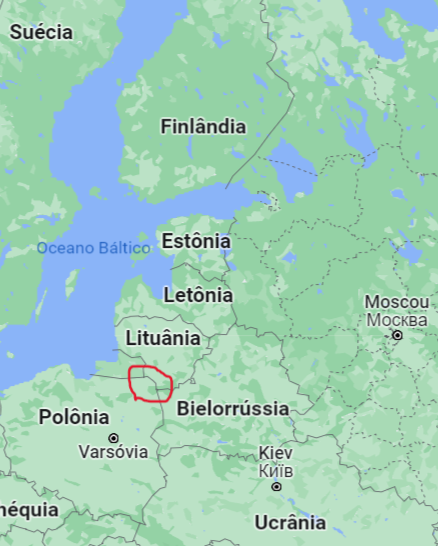

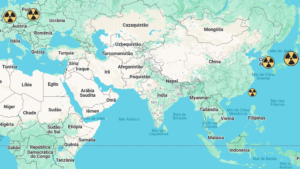

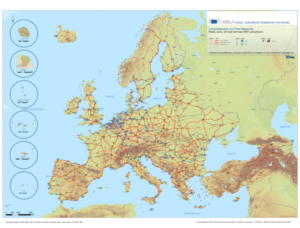
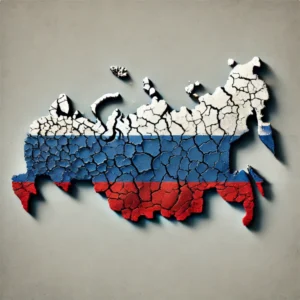



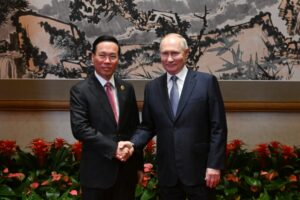



Be First to Comment